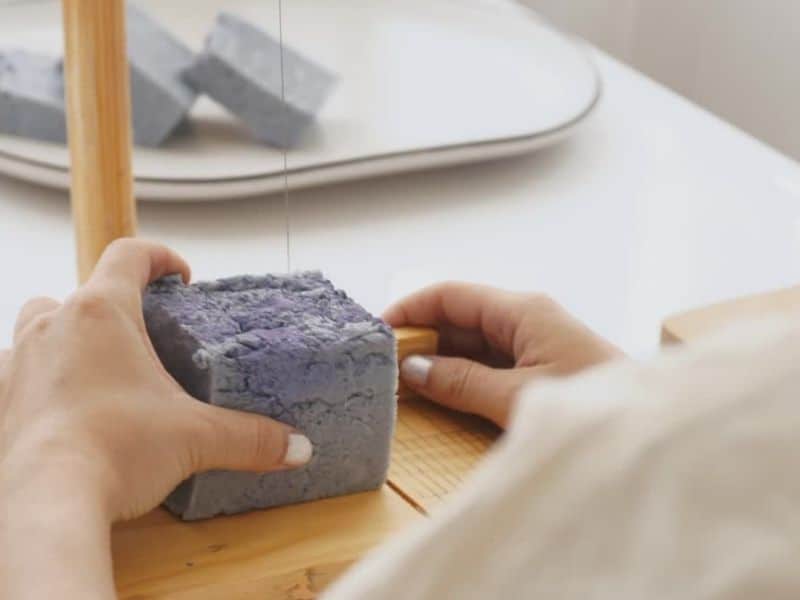
If you’ve ever wondered what “cold process soap” means, you’re in the right place. In this article, we’ll demystify this popular, natural soap making method by exploring its ingredients, process, benefits, and how it compares to hot process soap. So,…